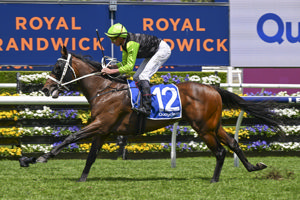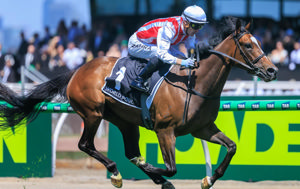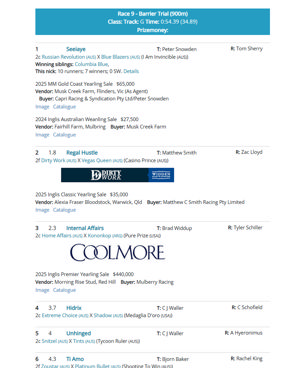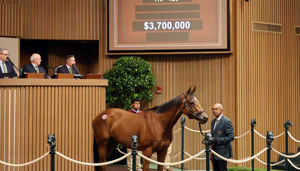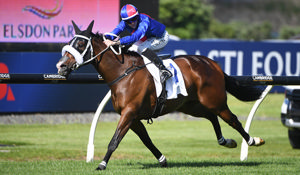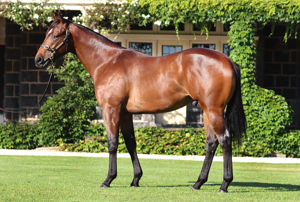You could be forgiven for thinking that the depreciation rules have almost changed ‘by the hour’ since the Government became intent on stimulating business investment to turbo charge a COVID 19 recovery.
As noted in my Budget 2020 release (see carrazzo.com.au), the latest significant change was to massively extend the ‘Instant Asset Write-Off’ (IAWO) rules so that a business with aggregated annual turnover of up to $5b will be able to deduct 100% of the full cost of eligible depreciable assets of any value in the year they are installed. The full expensing period is available from 7:30pm AEDT on 6 October 2020 to 30 June 2022.
As noted in that release, this is a massive incentive for businesses to invst in depreciable plant acquired from Budget night. We are talking typical industry assets like vehicles, trucks, computers, training yards, sheds etc. Though, these write-off rules do not relate to trading stock, e.g. broodmares and stallions.
Amongst the deluge of depreciation changes, there has been a hidden ‘nugget’, based on the troubleshooting that I am regularly asked to do, that has often been overlooked and it’s something I am eager to share with you.
I’ll round off this article with a brief overview of an ATO review of racing industry depreciation and the future changes to rates you should be aware of.
- ‘Super write-off’ for assets bought before the 2020 financial year
This concession relates to a Small Business Enterprise (SBE) taxpayer being entitled to claim an immediate deduction where the ‘closing balance’ of the taxpayer’s general small business pool is less than $150,000 for the 2020 tax year. In these circumstances, the pool is referred to as having a ‘low pool value’.
Specifically, an immediate deduction is available where the relevant ‘closing balance’ of the general small business pool is less than $150,000 but more than zero at the end of the 2020 income year. The pool’s ‘closing balance’ for the 2020 income year is worked out as:
.
(a) the pool’s opening balance for the 2020 income year (i.e., the 2019 closing balance); plus
(b) the taxable purpose proportion of newly allocated assets during the 2020 income year; plus
(c) the taxable purpose proportion of any allocated second element costs during the 2020 income year; minus
(d) the sum of the taxable purpose proportion of the termination values of depreciating assets disposed of during the 2020 income year.
Unlike some of the other concessions, the immediate write-off for closing pool balance is exclusively available to SBE taxpayers who choose to claim depreciation under the simplified SBE depreciation rules and have a general small business pool. Consequently, these rules don’t apply for non-SBE businesses (i.e. those with turnovers of $10 million or more).
Example 1
The ABC trust runs an integrated horse breeding/racing business and is a SBE for tax purposes. It has also elected to use the SBE “pool” system for writing off its assets.
After applying the various “closing balance” rules (refer above), its Small Business Pool closing balance at 30-6-20 was $145,000.
The trust had taxable income of $150,000 at 30-6-20. By using the “super write-off” rule, it can reduce this to only $5,000 via the write-off of the $145,000 pool closing balance. Note:
- If the pool balance was $150,000 or greater, this extra write-off is not available; and
- A Small Business Pool must be in place during FY2020.
The lesson is this – check your pool balance as at 30-6-2020 to see if your business could get this welcome, yet often overlooked, deduction.
- ATO Horse Industry Depreciation Review
Around the middle of last year, the ATO started a review of the assets used in the horse training (racing) industry with a view to making new ‘effective life’ determinations.
Effective lives are used to work out how much you can claim as a tax deduction for an asset's decline in value (depreciation deduction).
The purpose of this ATO review is to ensure that effective life determinations:
- cover assets used by the racing industry, and
- reflect current industry practices and expectations.
The ATO expect to complete the review of these assets within 12 months, with new effective life determinations applying from 1 July 2021. Draft effective lives will be issued for public comment well before final decisions are made.
I don’t think it will surprise many of you that yours truly has been active in this ATO review process. I am pleased to advise that during the course of this review I have had very constructive engagement with the ATO, for instance they adopted my suggestion that they define high cost ‘Swimming Pools’, more specifically as ‘Horse Training Pools’, just to avoid confusion and ensure that trainers, owners and breeders can get the optimal depreciation rate. For the ultra-curious, the effective life of these pools is currently noted as 30 years.
Many existing ‘effective life’ depreciation rates were adjusted by the ATO, in addition to new category of items added. The primary upshot is that extra depreciation can be claimed for existing items and depreciation claimed for items not previously contemplated. ‘Flat Racing’ racehorses in a ‘stand-alone’ racing business now have an effective life of 5 years, whereas previously the ATO view was the unrealistic life of 10 years! Even better, harness, jumps and lead and companion (see below) horses now also have their own ‘effective lives’.
In relation to new items added, ‘hot off the press’ today I received some ATO feedback regarding the effective life of recently added new assets used in the horse training (racing) industry, being:
• Lead and companion ponies (horses) (5 years effective life)
• Security and monitor assets
• Tack room furniture (including lockers, racks and seats etc)
Racetracks not eligible for Instant Asset Write-Off rules
A negative, though – racetracks are not part of the review assets; this is because racetracks are considered by the ATO to be ‘capital works’ under the building allowance write-off provisions. Note – if they were considered as ‘plant’, the Instant Asset Write-off provisions could potentially apply to their construction.
The final rates will be released by 1 July 2021, and if there is any significant change to any of the draft rates or items, I’ll ensure they are shared with you.
What are the advantages of the ATO determining effective lives?
The ATO effective lives provide certainty to taxpayers on what will automatically be considered acceptable to the ATO if the taxpayer’s affairs are reviewed. The ATO effective lives are generally described as ‘safe harbour lives’ due to this fact.
Is it compulsory to use the ATO effective life?
No. A taxpayer can choose to self-assess the effective life of a depreciating asset if it considers the ATO life is not appropriate in its specific circumstances. In self-assessing the effective life, the taxpayer will be required to determine the period of time that the depreciating asset can be used to produce assessable income by any entity:
- having regard to the wear and tear it reasonably expects from its particular circumstances; and
- assuming that it will be maintained in reasonably good order and condition.
Please don’t hesitate to contact the writer if you wish for me to clarify or expand on any of the matters raised in this article.
PAUL CARRAZZO CA
CARRAZZO CONSULTING PTY LTD
801 Glenferrie Road, Hawthorn, VIC, 3122
TEL: (03) 9982 1000
FAX: (03) 9329 8355
MOB: 0417 549 347
E-mail: paul.carrazzo@carrazzo.com.au
Web: www.carrazzo.com.au

